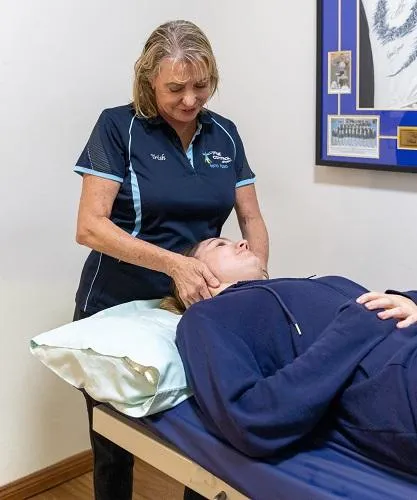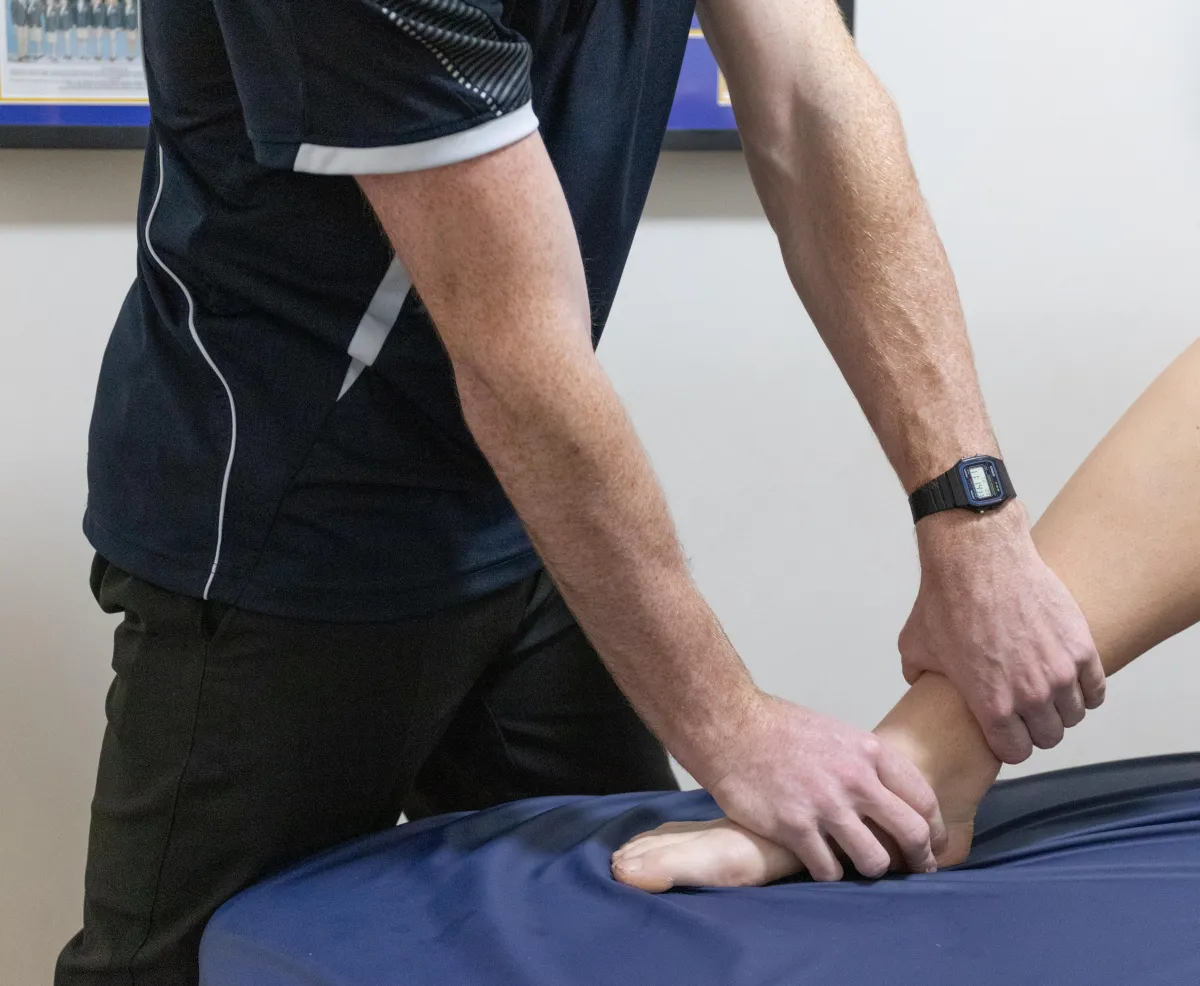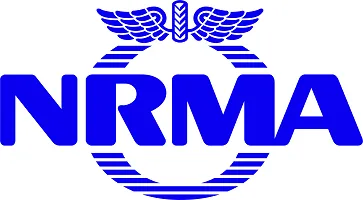Are You Looking For a Physiotherapist In Oatley, NSW?
Why Book at Take Control Active Rehab
Expert Care. Proven Results. Convenient Location.
When it comes to your health, you deserve the best and that’s exactly what we deliver.
At Take Control Active Rehab, we combine clinical expertise with genuine care to provide results-driven physiotherapy that puts you first.
Our experienced team doesn’t just treat symptoms, we pride ourselves on our pain to performance approach to client care where we take the time to understand the root cause of your pain and create a personalised plan to help you move better, feel stronger and get back to what you love. Our model is relieving symptoms, restoring function and improving your long term health.
Because it's not just about living longer—it's about living well. Prioritising your health span means staying active, independent and pain-free for as many years as possible.
Make your health a priority and book an appointment with one of our expert physios and take the first step towards better health.


Why Choose Take Control Active Rehab
Specialised Expertise: Our clinic offers specialised care from highly-trained physiotherapists in various fields like sports injuries, bike and running assessment and chronic pain management.
Comprehensive Approach: We provide holistic treatment plans combining manual therapy, exercises, and cutting-edge technology for a well-rounded approach.
Cutting-Edge Facilities: Equipped with state-of-the-art facilities and advanced equipment to support clients' recovery.
Proven Track Record: Our clinic's reputation is built on successful client outcomes and positive feedback, fostering a supportive environment for rehabilitation.
What sets us apart?
At our physiotherapy clinic, what sets us apart is our unwavering commitment to delivering unparalleled care and achieving exceptional results.
We pride ourselves on our pain to performance approach to client care. Our model is relieving symptoms, restoring function and improving your long term health.
Take Control Active Rehab is powered by Vitala Health, a group of Allied Health Practices across New Zealand and Australia.
Vitala Health provides clinical solutions that supports clients health and lifestyle needs through best practice treatment, premium facilities, education and ongoing commitment to customer service.
Tired of living with pain? We can help
Take Control Active Rehab
Oatley, NSW
Latest Tips and Advice
Is Physiotherapy Just for Injuries? (Spoiler: It’s Not)
Physio isn’t just for injuries. Learn how physiotherapy helps improve strength, mobility, balance, posture, and prevents pain—at any age or stage of life. ...more
Physiotherapy
October 22, 2025•3 min read
How Post-Operative Physiotherapy Helps Regain Strength After Surgery
Surgery can leave muscles weak and joints stiff, but physiotherapy plays a vital role in rebuilding strength and mobility. This blog explains how early mobilisation, targeted exercises, manual therapy... ...more
Physiotherapy
October 07, 2025•2 min read
Is Cracking Joints Bad for You? Let’s Clear It Up
Cracking, popping joints are common—and usually harmless. This blog explains what causes the noise, why it doesn’t lead to arthritis, and when joint clicks might signal a problem. If cracking comes wi... ...more
Physiotherapy
September 16, 2025•3 min read


If you have any questions before scheduling an appointment or for general enquiries, please contact us. Our team will promptly reach out to assist you.
Opening Hours
Mon: 8:00am - 7:30pm
Tue: 8:00am - 7:00pm
Wed: 8:00am - 7:30pm
Thu: 8:00am - 7:30pm
Fri: 8:00am - 4:00pm
Sat: 8:00am - 2:00pm
Sun: Closed

Take Control Active Rehab is powered by Vitala Health, a group of Allied Health Practices across New Zealand and Australia.
Vitala Health provides clinical solutions that supports clients health and lifestyle needs through best practice treatment, premium facilities, education and ongoing commitment to customer service. Learn more about Vitala Health




Facebook
Instagram